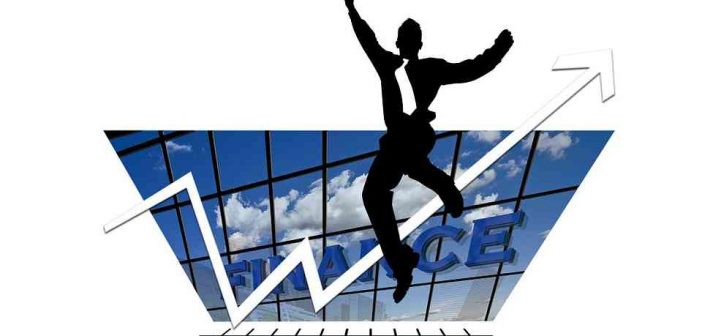MBA graduates in Finance are increasingly seeking an additional qualification of CIMA, granted by the Chartered Institute of Management Accountants to boost their knowledge of the sector as well as improve career prospects.
Those with a Master’s degree or MBA in Finance have the added advantage of being allowed to take the accelerated Master’s Gateway route. On clearing a computer-based CIMA Gateway exam, they would be exempt from 12 exams and can go straight to the strategic level of the CIMA Professional Qualification.
Passing this final test, the candidate will become a fully qualified Chartered Global Management Accountant with the CGMA designation.
Meanwhile, according to new research from recruitment specialists Robert Half UK, a background in finance continues to be the most common career background with 55% of FTSE 100 CEOs coming from the sector, compared to 21% in retail/hospitality, 15% in engineering/natural resources, 15% in marketing and 14% in technology.Almost one in four (23%) CEOs are qualified Chartered Accountants.
CIMA is the world’s largest and leading professional body of management accountants, with more than 227,000 members and students across 179 countries. CIMA’s accounting qualification will prepare aspirants for a career in business, teaching them skills like leadership, decision-making and strategy.
Being a practical oriented course, the aspirants will need to be in full time employment for at least three years before becoming a full member of CIMA. Students are allowed to gain the required work experience while taking the course or after finishing it.
CIMA is the world’s largest and leading professional body of management accountants, with more than 227,000 members and students across 179 countries. CIMA’s accounting qualification will prepare aspirants for a career in business, teaching them skills like leadership, decision-making and strategy.
The course, with its focus on management accounting, is best suited for those who are clear about pursuing a career in this sector. The program will impart the key skills needed to rise to a top position within any type of financial company. It is also recognised worldwide as a highly respected and sought after qualification.
CIMA is much more cheaper in terms of tuition fees in the range of $2500 and other expenses than an MBA that would be anywhere between $65,000-100,000. However, it takes longer to complete.
CIMA has three levels to clear—operational level, Management level and strategic level in that order. The pass mark is 50%.
Exams are split in two steps. The first is a 90-minute objective test for each subject at each level. Then there is a 3-hour case study to go to the next level. The exams are held in February, May, August and November.
The subjects are Organisational Management, Management Accounting, Financial Reporting and Taxation, Advanced Financial Reporting and Financial Strategy.
The pass percentage in 2015 in CIMA was 44% Operational levels, 33% Management levels and 46% in Strategic levels.
The advantage with CIMA is that it is more than just an accountancy program but helps students develop a deeper understanding of various facets like strategy, mitigation of risk in business, big data, sustainability and leadership. The task based case studies also reflect present day working environment.
Dr Noel Tagoe, executive director education, CIMA says the syllabus focuses on employability. The members have financial competence not only in the traditional accounting areas, but also in the wider business environment.
For some of those who went for CIMA after completing MBA, it provided them further grounding of knowledge with theories, concepts and technical abilities that are needed to work in the finance sector.
Since Management accounting combines accounting, finance and management with the business skills and techniques, those with CIMA qualification would be able to work across the company, in analysing financial implications of big decisions, formulating business strategy and monitoring risk to name a few. (Image Courtesy : pixabay.com)




